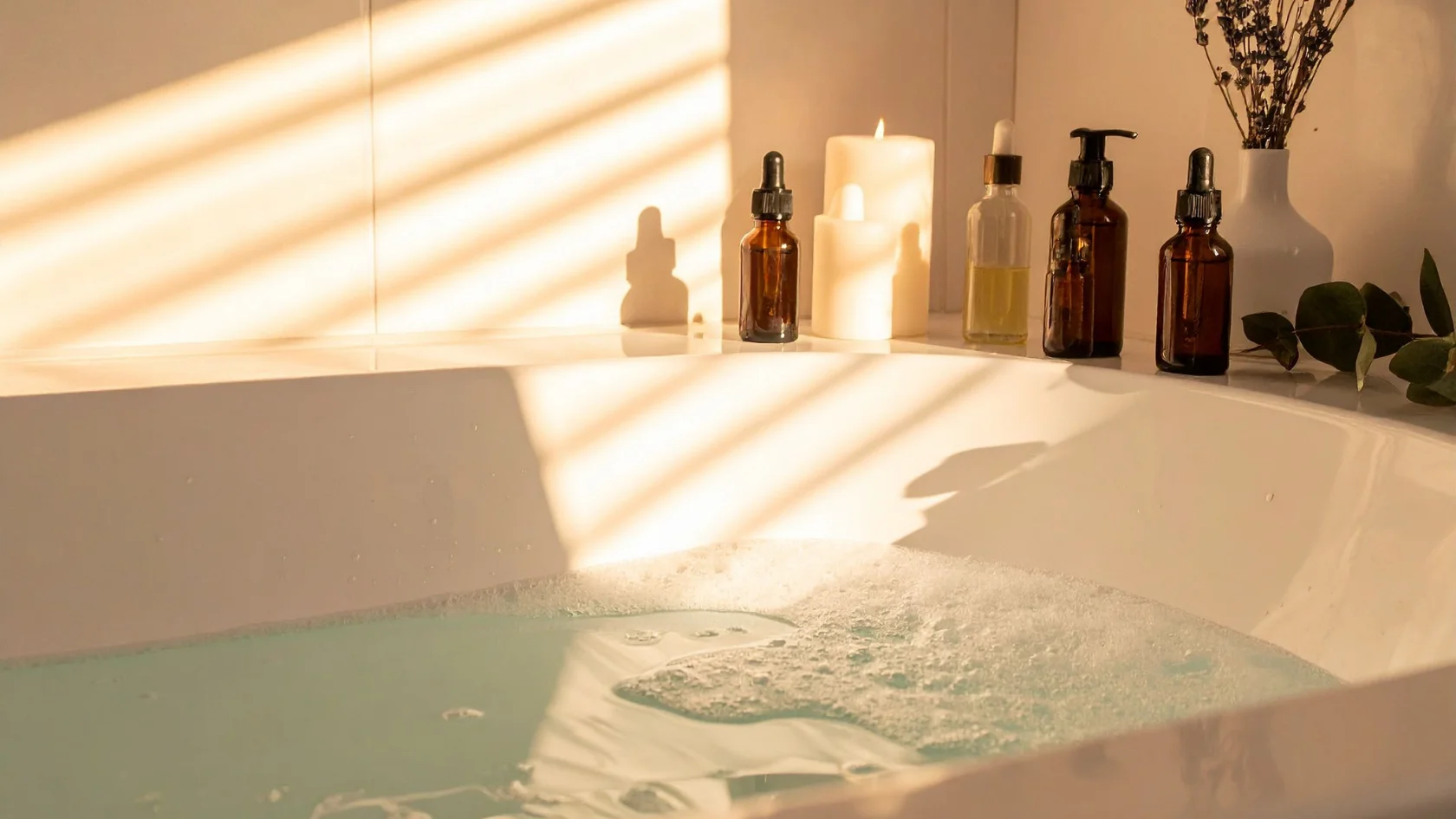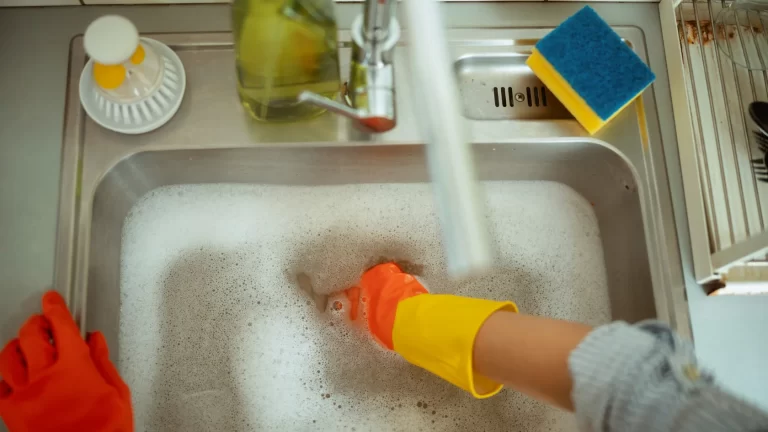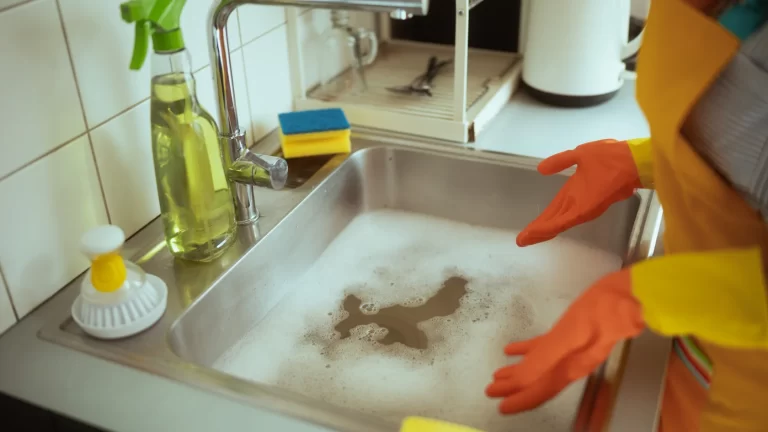You realize halfway through your morning shower that the water is slowly collecting around your feet rather than draining away. More than simply an annoyance, a clogged bathtub drain may indicate that there is a more serious plumbing issue that has to be fixed.
A slow-draining tub, persistent standing water, or strange gurgling noises are clear signs of a clogged drain. Bathtub clogs are one of the most common plumbing issues homeowners face in Toronto, often caused by hair, soap scum, and other debris that build up over time.
In this blog, we’ll show you how to unclog a bathtub drain step-by-step using safe and practical methods. You will learn whether to use a plunger or drain snake, how to use common household things like vinegar and baking soda to clear minor clogs, and when to call a professional plumber from Absolute Draining & Plumbing.
Contact us today through our form or call +1 (416) 252-5557 for expert plumbing, drain, and related services in Toronto, Etobicoke, Mississauga, and across the GTA.
Why Your Bathtub Drain Gets Clogged
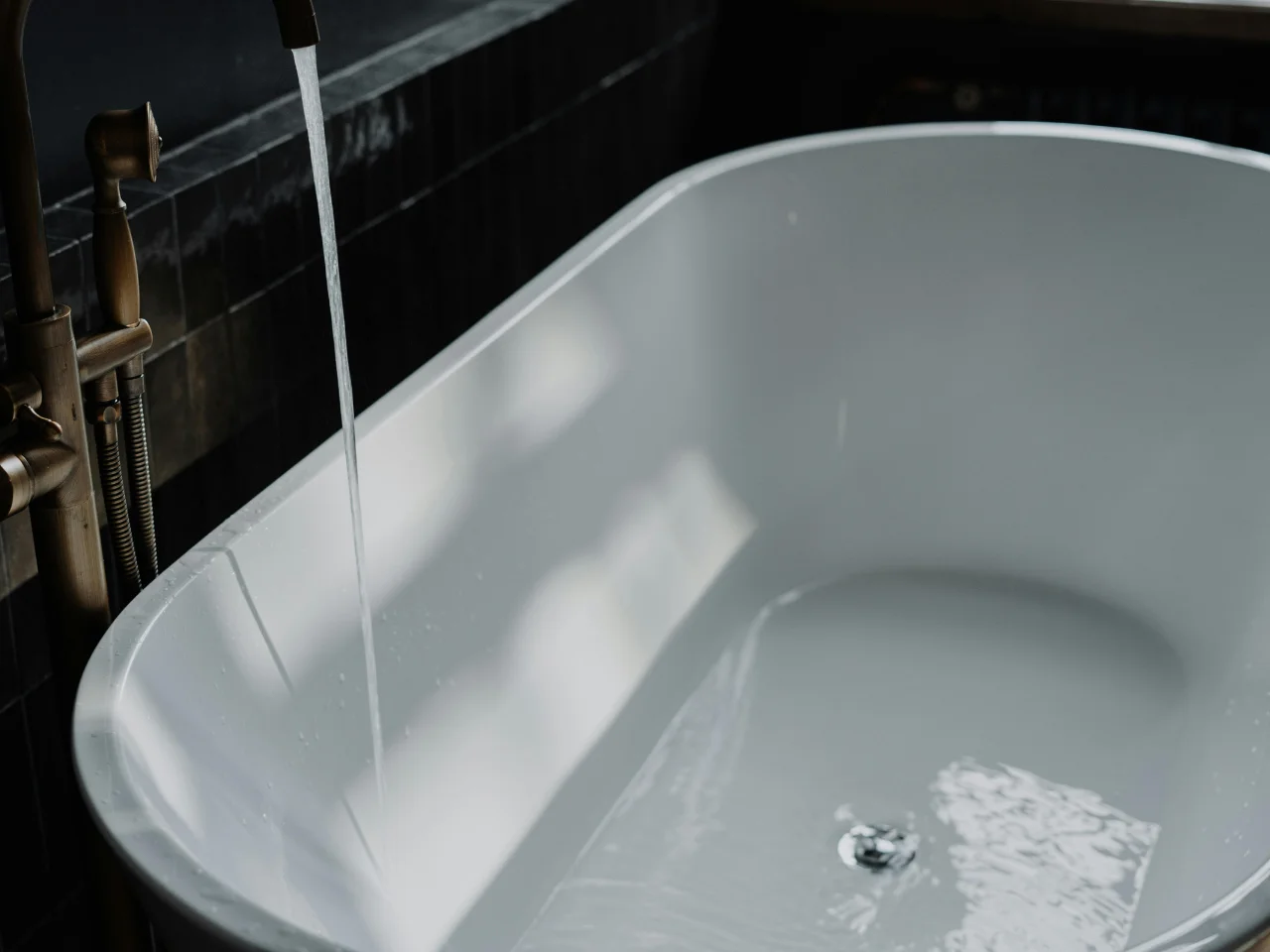
Before diving into how to unclog your bathtub, it helps to understand why the clog happened in the first place. Most bathtub clogs form gradually, so by the time you notice standing water, the blockage has likely been building for weeks or even months.
Common Causes of a Clogged Bathtub Drain
- Hair and Soap Scum – Hair is the number one cause of bathtub clogs. It binds with soap residue, forming sticky clumps that slow water flow through your drain.
- Body Oils and Bath Products – Over time, oils and residue from shampoos, conditioners, and body washes can coat your tub drain pipe, trapping debris.
- Hard Water Buildup – In many areas of Toronto, hard water deposits can collect on pipe walls, narrowing the space where water flows.
- Foreign Objects – Small items like razor caps or kids’ bath toys can accidentally slip into the tub drain and get stuck.
- Old Plumbing – Aging or corroded pipes can catch debris more easily, making bathtub clogs a recurring issue.
Once a clog starts forming, water can’t flow smoothly down the drain. The good news? Most bathtub drain clogs can be cleared with basic tools and a bit of know-how — no harsh chemicals required.
How to Unclog a Bathtub Drain: Step-by-Step

Here’s a homeowner-friendly guide on how to unclog your bathtub drain safely and effectively.
1. Remove the Stopper and Inspect the Drain
Start by removing the drain stopper, since hair and gunk often collect right beneath it.
- Pop-up stoppers: Lift and twist to remove them.
- Push-pull stoppers: Unscrew the knob and pull out the entire assembly.
- Toe-touch stoppers: Push down and twist counterclockwise.
Once the stopper is out, check for hair and debris tangled around it. You might be surprised at how much buildup sits right at the surface. Use a paper towel or an old toothbrush to clean it off.
If you can see clumps of hair deeper in the drain, bend a wire coat hanger or use a drain stick to pull it out. Removing visible debris first gives you a better chance of success with the next steps.
2. Flush the Drain with Boiling Water
The simplest option is sometimes the most effective. Gradually pour a huge pot of boiling water down the bathtub drain.
The hot water helps dissolve soap scum, oils, and light buildup. If the water starts draining faster after this step, you may have already unclogged the drain.
Pro Tip: Don’t pour boiling water down PVC pipes regularly — use hot (not boiling) water instead. Metal pipes, on the other hand, can handle boiling water just fine.
3. Use Baking Soda and Vinegar
If boiling water alone doesn’t do the trick, try the tried-and-true baking soda and vinegar method. This natural solution can clear mild to moderate clogs without chemicals that damage your plumbing.
Here’s how to do it:
- Fill the drain with one cup of baking soda.
- Follow with one cup of white vinegar (or regular vinegar).
- Let the mixture fizz for 10–15 minutes — this reaction helps loosen the clog.
- To clear everything out, pour a pot of boiling water down the drain.
Baking soda and vinegar are one of the safest and simplest natural ways to unclog a bathtub drain since they can help dissolve soap scum, grease, and hair.
If you notice some improvement, but water still drains slowly, repeat the process one more time.
4. Use a Plunger Over the Drain
If natural remedies don’t work, it’s time to bring out the plunger. Before plunging, make sure you:
- Remove the stopper completely.
- Plug the overflow drain (the small opening under your tub faucet) with a wet rag or duct tape. This ensures proper suction.
- Add a few inches of hot water to the tub to help create a seal.
- Then, place the plunger over the drain and push up and down firmly 10–15 times. You should feel resistance as suction builds. If the clog loosens, you’ll see the water start to drain quickly.
- Repeat this process a couple of times if necessary.
Tip: If you don’t have a dedicated plunger for your bathtub, you can use a toilet plunger — just be sure to disinfect it afterward.
5. Try a Drain Snake or Plumbing Auger
If the clog is deeper in the drain line, a plunger may not be enough. That’s when a drain snake (also called a plumber’s snake or auger) comes in handy.
Here’s how to use one:
- Insert the coil end of the drain snake into the drain opening.
- Rotate the handle clockwise while gently pushing forward.
- Once you feel resistance, you’ve likely reached the clog.
- Keep twisting to help the snake grab hair and debris.
- Slowly pull the snake out, removing any gunk attached to it.
- To get rid of any leftover residue, flush the drain with hot water afterward.
If you don’t own a plumbing snake, many hardware stores in Toronto rent them for a reasonable fee.
6. Avoid Chemical Drain Cleaners
It’s tempting to use chemical drain cleaner as a temporary solution when a bathtub drain becomes plugged. But these harsh products can cause more harm than good.
Chemical drain cleaners can:
- Corrode metal pipes and damage PVC joints.
- Kill beneficial bacteria in your plumbing system.
- Emit harmful fumes that irritate your lungs.
- Make future clogs worse, as the chemicals can solidify residue along the drain walls.
If you must use one, choose an enzyme-based drain cleaner — they’re gentler on your plumbing and better for the environment. But in most cases, you can unclog your bathtub without resorting to chemicals.
7. Check the Overflow Drain
If water still won’t drain after plunging and snaking, the clog might be higher up in the overflow drain or deeper in the main drain line.
Remove the overflow cover plate (below your bathtub faucet), and use a drain snake or wire through that opening. This helps clear blockages trapped beyond the drain trap.
Once cleared, pour boiling water down both the main drain and overflow to flush everything out.
Contact us today through our form or call +1 (416) 252-5557 for expert plumbing, drain, and related services in Toronto, Etobicoke, Mississauga, and across the GTA.
Preventing Future Bathtub Drain Clogs
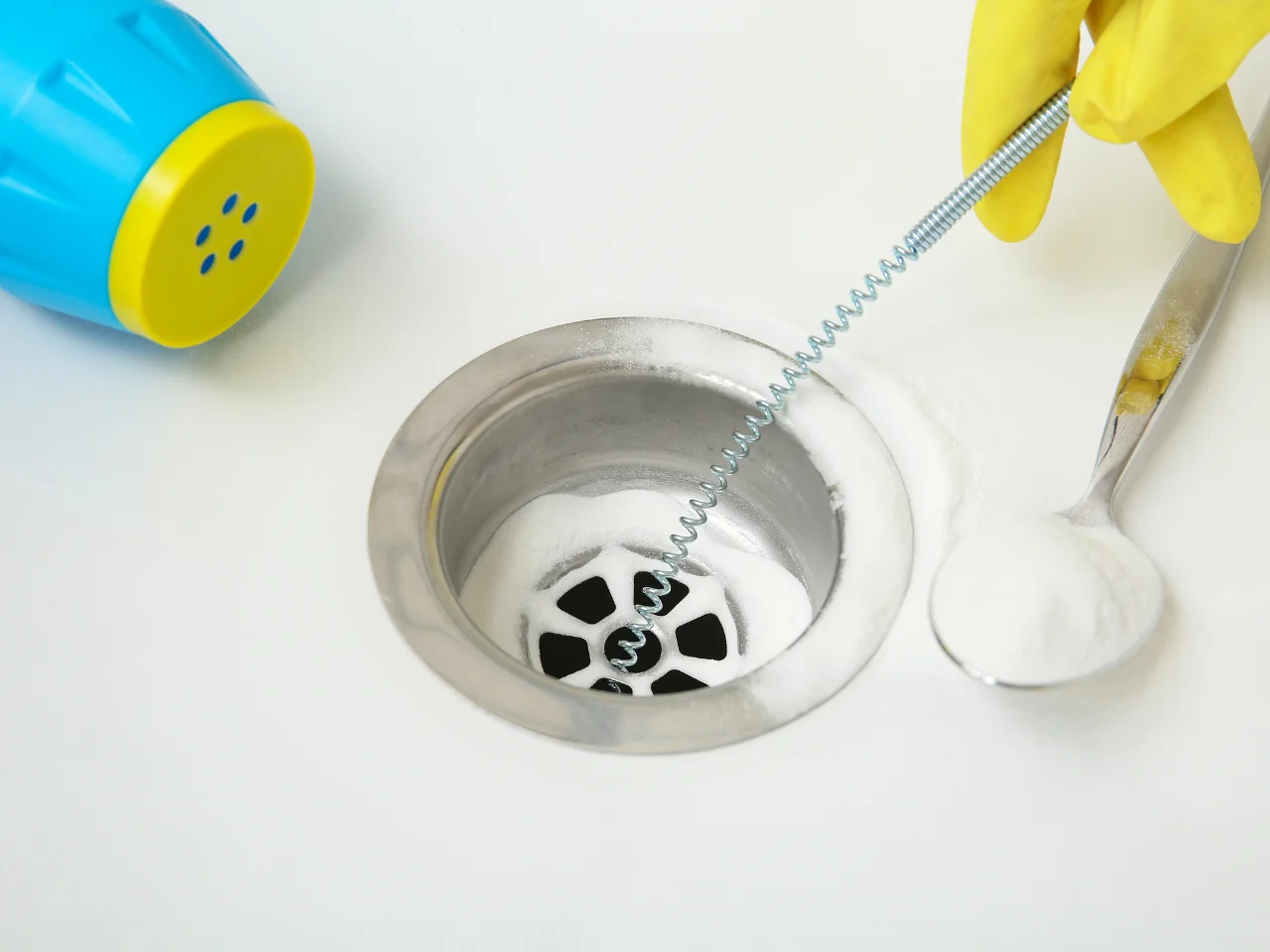
Learning how to unclog your bathtub drain is important — but preventing the problem in the first place is even better. Here are some easy maintenance habits to keep your bathtub drain flowing freely:
- Install a Drain Protector. A drain cover or hair catcher is your first line of defence. It traps hair and debris before they enter the drain pipe. Clean it regularly to prevent buildup.
- Run Hot Water Weekly. After every few showers, pour hot water down the drain to dissolve soap residue and oils. This keeps your drain clear and odour-free.
- Clean the Stopper Monthly. Remove your drain stopper at least once a month to clean off hair and grime. Even a quick rinse can prevent slow drainage.
- Avoid Pouring Greasy or Oily Products. Bath oils, essential oils, and greasy scrubs can stick to pipe walls. Wipe excess oils from your skin or containers before using the bathtub.
- Schedule Routine Plumbing Inspections. Have your drain system inspected by a qualified Toronto plumber if you observe slow drainage or recurrent obstructions. In order to identify hidden problems, Absolute Draining & Plumbing provides drain inspection services with specialized cameras.
When to Call a Professional Plumber

Sometimes, even the best DIY methods can’t unclog a stubborn bathtub drain. If you’ve tried baking soda and vinegar, plunging, and using a drain snake with no success, the problem might lie deeper in your main drain line.
You should call a licensed plumber in Toronto if:
- You have standing water in the tub that won’t drain.
- There’s a foul sewage smell coming from your drain.
- Multiple drains in your home are clogged at the same time.
- You hear gurgling noises from nearby sinks or toilets.
- The clog keeps returning after temporary fixes.
Professional plumbers, like those at Absolute Draining & Plumbing, use advanced equipment such as drain cameras, hydro jetting systems, and motorized augers to clear even the toughest drain clogs safely and permanently.
What Not to Do When Your Bathtub Drain Is Clogged
To protect your plumbing, here are a few things you should avoid:
- Don’t use sharp objects to poke into the drain — you can scratch or puncture the pipe.
- Don’t pour bleach or harsh chemicals down the drain — they can react with other substances and damage pipes.
- Don’t ignore slow drainage — small clogs can quickly become bigger blockages that lead to water damage.
- Don’t overuse the plunger — excessive force can loosen plumbing joints or damage old pipes.
Eco-Friendly Ways to Keep Your Bathtub Drain Clear
Toronto homeowners are increasingly turning to eco-friendly methods to maintain their plumbing. Here are a few sustainable options:
- Vinegar and Baking Soda Routine: Pour a cup each of vinegar and baking soda down the drain once a month, then hot water.
- Use a Biodegradable Drain Cleaner: These enzyme-based cleaners digest organic material without harming your pipes.
- Catch Hair and Debris: Install a reusable silicone drain protector to stop clogs before they start.
- Dispose of Waste Properly: Never wash paint, grease, or chemicals down your bathtub drain — they solidify and harm your plumbing system.
By following these eco-friendly steps, you can unclog your bathtub naturally and protect your plumbing for years to come.
Call Absolute Draining & Plumbing for Expert Bathtub Drain Services in Toronto
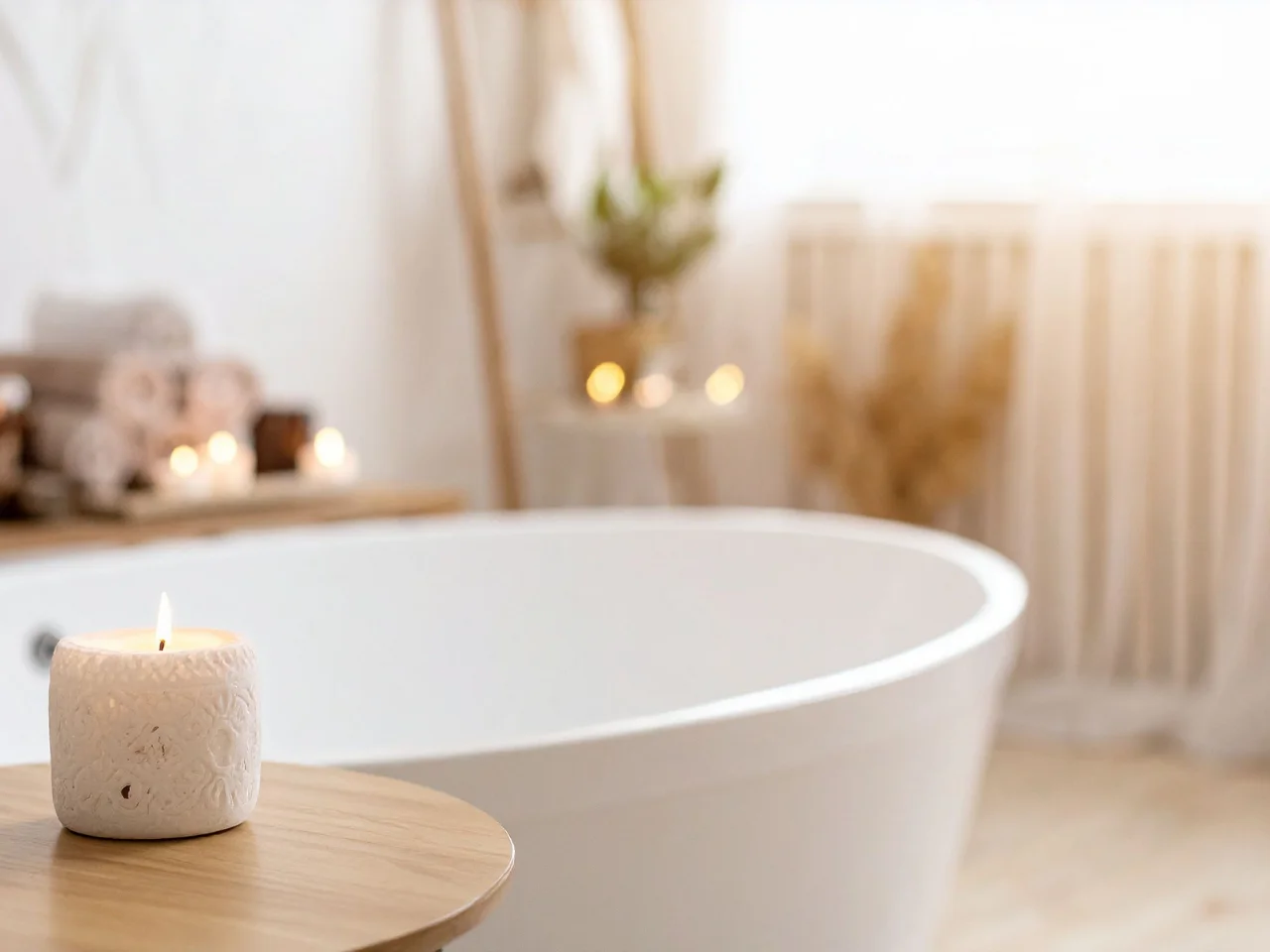
If you’ve tried all the above methods and your bathtub drain is still clogged, it’s time to get expert help. At Absolute Draining & Plumbing, we know that even a minor plumbing issue can disrupt your routine.
Our licensed and insured Toronto plumbers provide:
- 24/7 emergency plumbing services
- Professional drain cleaning and repair
- Non-invasive camera drain inspections
- Backwater valve and sump pump installations
- Flood protection and water damage restoration
Whether the problem is a main drain blockage, a slow shower drain, or a clogged bathtub drain, we can effectively and permanently address it, frequently without the need for excavation.
Keep Your Plumbing Flowing Smoothly
Though it might seem like a minor annoyance, a clogged bathtub drain can cause more serious plumbing problems and expensive water damage if ignored. With the right mix of DIY care and professional support, you can keep your drains clear and your home protected.
If your bathtub drain won’t unclog, don’t wait for standing water to become a major problem. Contact Absolute Draining & Plumbing — Toronto’s trusted drain experts — for fast, reliable, and guaranteed service.
Contact us today through our form or call +1 (416) 252-5557 for expert plumbing, drain, and related services in Toronto, Etobicoke, Mississauga, and across the GTA.

